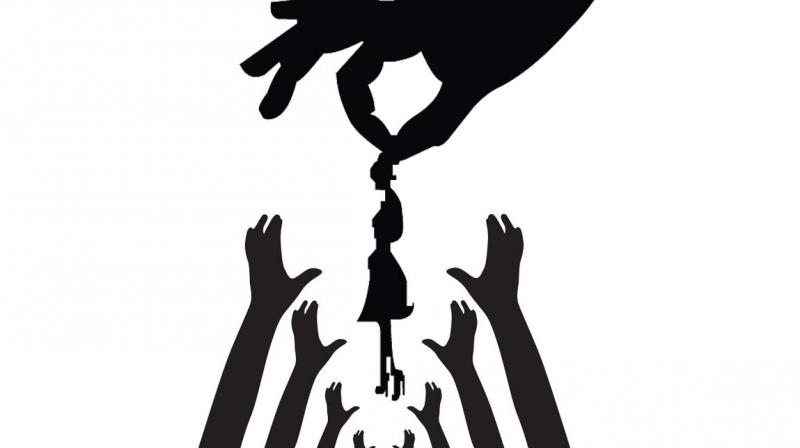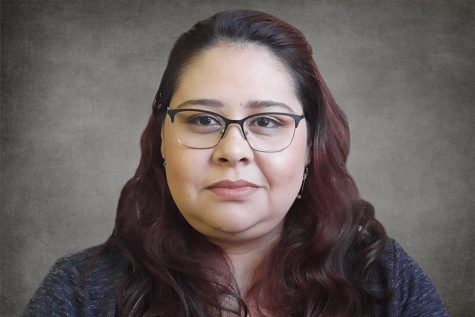Sexual predators thrive
May 15, 2019
Although sex is just a natural process where two organisms exchange gametes for the purpose of reproduction, human beings have a tendency to use sex as a weapon of mass destruction.
We don’t have to go far to prove that having a sexual predator ripping apart the most intimate parts of someone’s body by force will lead to a life of psychological scars.
Sex also influences behaviors that would affect a person’s personal and family life for years to come.
We all know someone who has been adversely affected by sexual abuse in some way.
We are part of a generation that doesn’t trust thy neighbor, priest or anybody in a position of authority.
Kids are not even allowed to play in the streets without parental supervision.
The California Penal Code describes sexual violence as a broader continuum of unwanted, non-mutual sexual activities that range from subtle to extremely violent.
By law, sexual assault can include, but is not limited to, rape, sexual threats and intimidation, incest, sexual assault by intimate partners, child sexual abuse, human sexual trafficking, sexual harassment, street harassment and other forms of unwelcome, coerced or non-consensual activity.
The California Coalition Against Sexual Assault (CALCASA) states rape crisis centers, in California alone, served 31,790 survivors of sexual violence in the state during the fiscal year 2011-12.
They estimate there are 8.6 million survivors of sexual violence other than rape in California.
Statistics show, about two million victims of rape are female, and 5.6 million women in the state have been victims of sexual violence other than rape.
The Sexual Violence National Resource Center reported sexual violence can adversely affect parents, friends, partners, children, spouses or co-workers of the survivor.
As survivors try to make sense of what happened, and significant others may experience similar reactions and feelings to those of the survivor. Fear, guilt, self-blame and anger are a few reactions they may experience.
Authorities are well aware that sexual violence is a big problem in the world and, as a consequence, laws have been created to protect children, the elderly and students.
However, too often, the sexual abuse to prostitutes is overlooked.
We must see past the short skirts, the provocative poses and the stilettos roaming the “Blade Streets” of our cities to notice some of them are not selling their bodies by their own choice.
The Merriam-Webster dictionary defines prostitution as the business or practice of engaging in sexual activity in exchange for payment.
In other words, prostitution is an amicable business transaction where both parties agree to have sex for a fee — one person provides the service and the other provides the money.
Simple right? Well, not really.
If the person providing the sex is being forced into providing that service, this transaction becomes a form of human trafficking.
The statistics of sexual exploitation are exorbitant, with California listed among the worst places for human trafficking.
The Human Trafficking Institute reported in 2017 that California had 55 cases of human trafficking, ranking it as the fourth state with most cases filed.
Our society fails to protect its citizens who decided to use their bodies as a source of income. We have to pay more attention to what we see in our surroundings or even on social media posts. Some people choose prostitution, but there are a lot of them who are being forced to sell their bodies.
Prostitutes are not getting bruises by choice. These wounds also affect their psyche.
I hope we begin to break the cycle of violence by handing down a less aggressive ideology of discipline and a less physical approach to life’s issues to our children.



